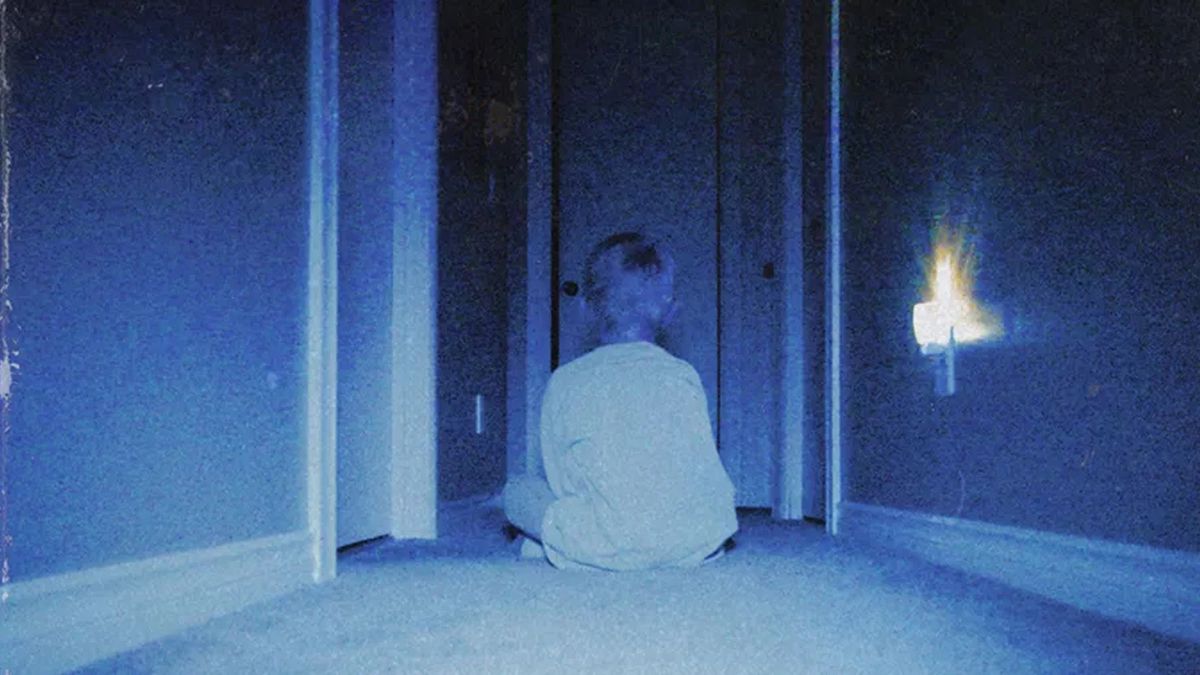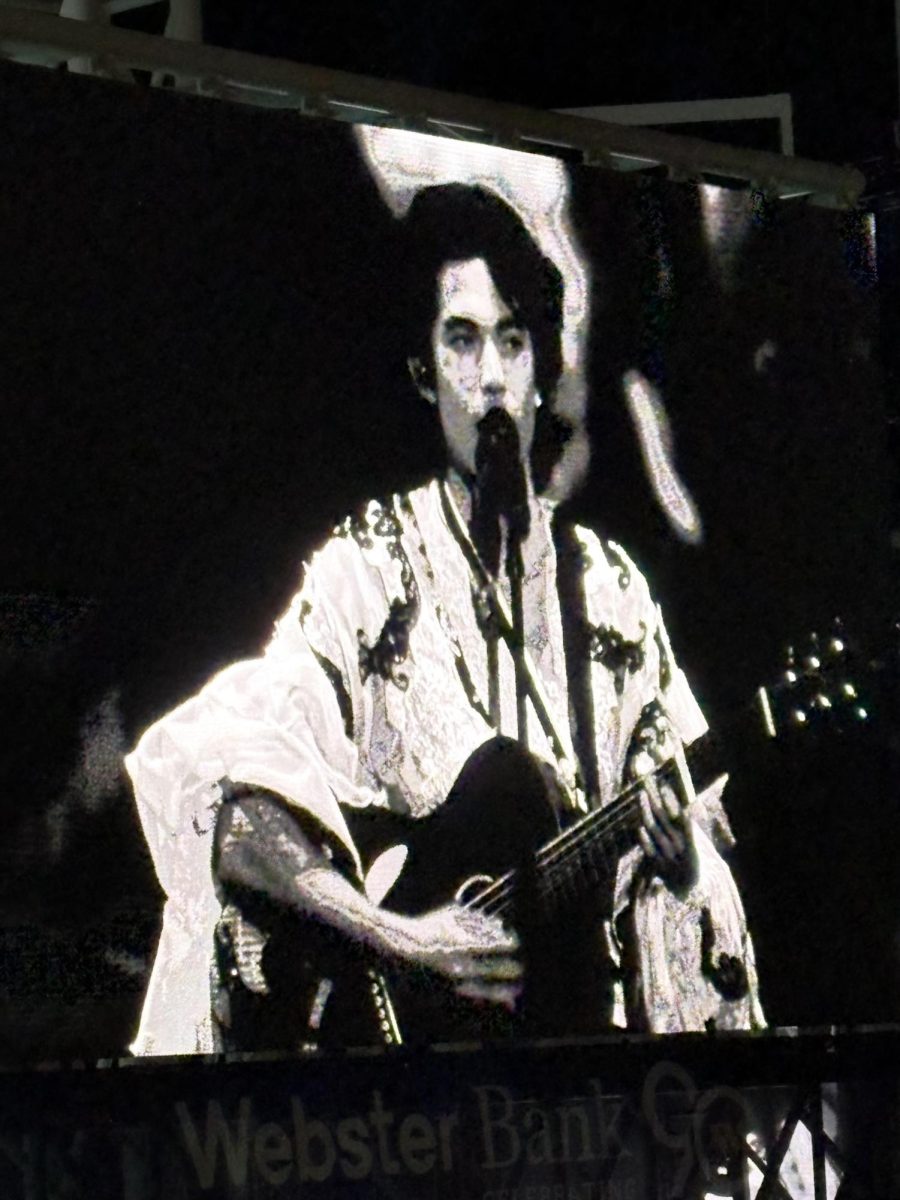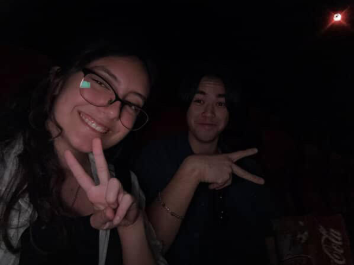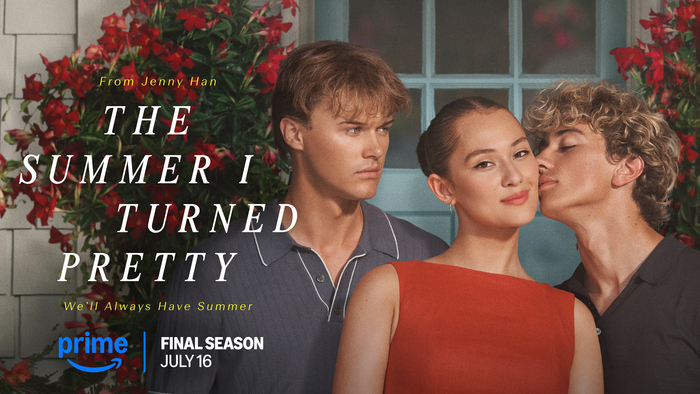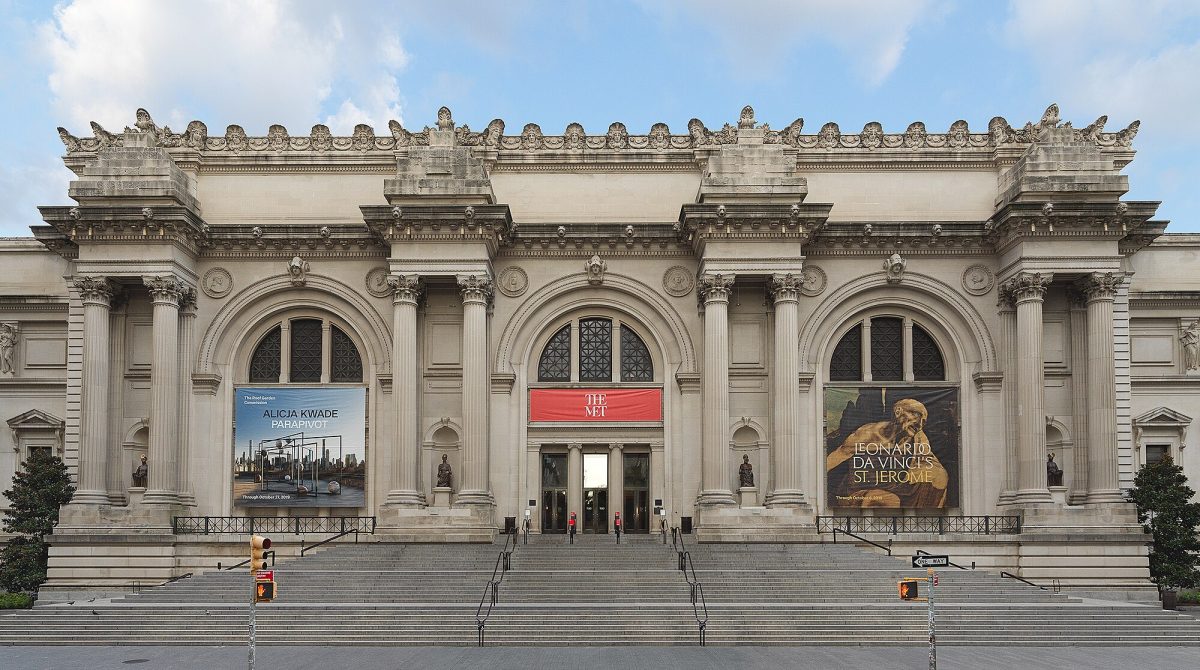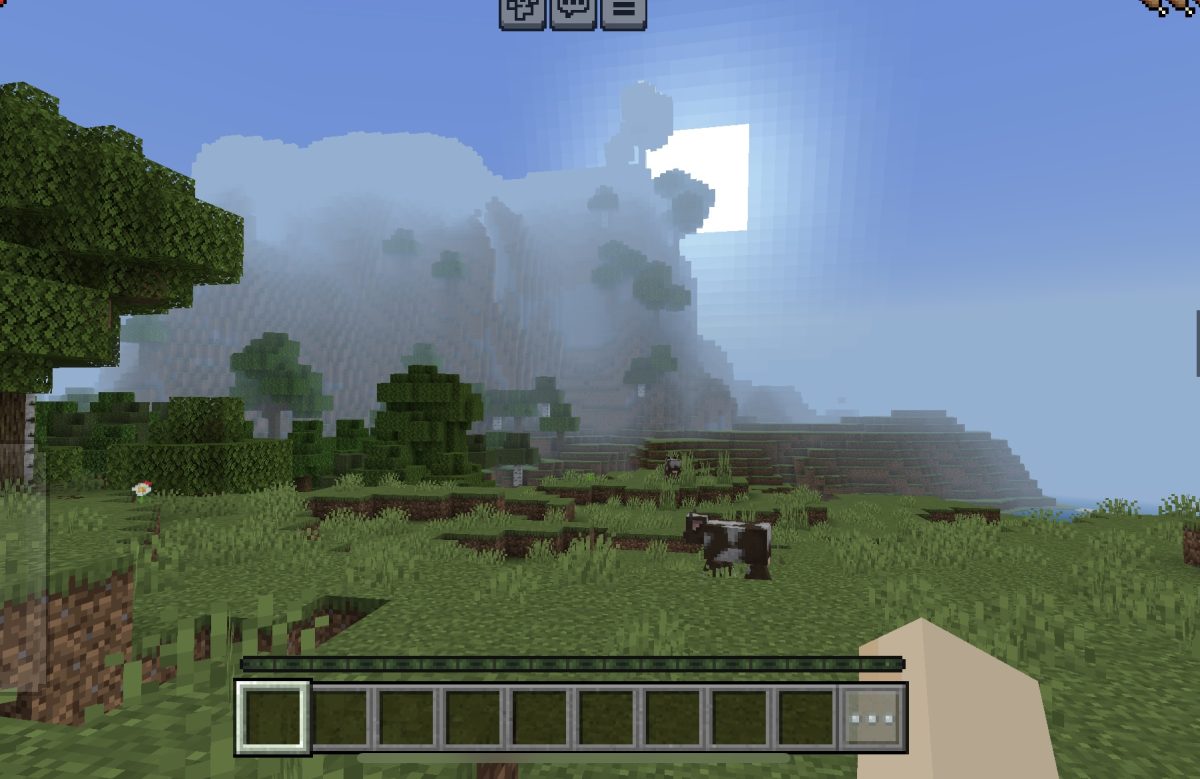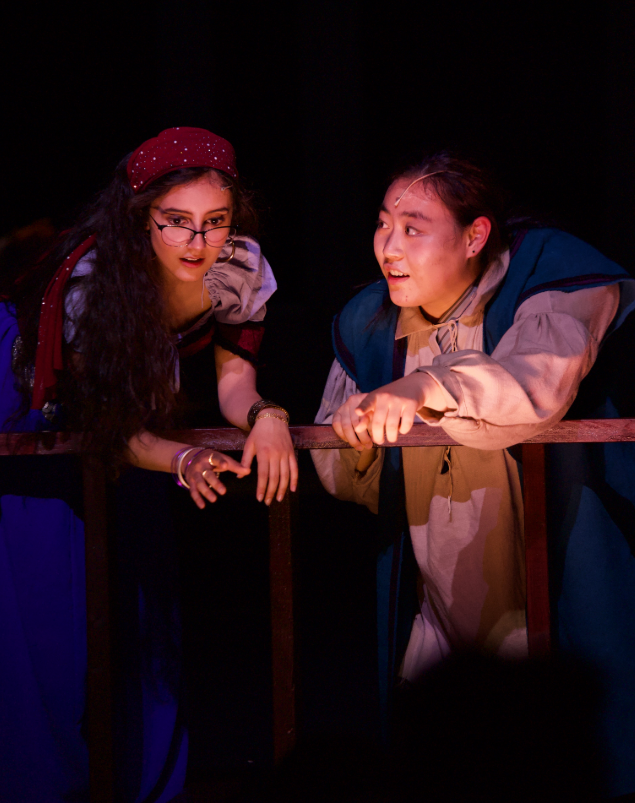Chained to a wall in a room the protagonist has never seen before, the television comes to life with an off-putting glow – a puppet with red swirls on its cheeks, red lips painted with a sinister grin, eyes dark with malice.
“I want to play a game,” says the puppet.
The viewers are on the edge of their seats.
The puppet continues, “There is a track with five people trapped on it.” You will save their lives if you turn the level before you, but will result in the death of a person you know on the other track. What is your choice?”
The theater-goers boo and jeer at the screen in disbelief that the director had run out of good ideas. Countless films and the trolley problem were the best he could come up with.
For many people, horror is a genre best known for the gory thrillers and cheesy jump scares that have made many modern films obsolete because of how predictable the genre has become – but that does not have to be the case forever. The reason for such apprehension and stereotypes comes from the trend in many modern Hollywood horror films of being unimaginative in their direction and lacking any real scare factor.
For those looking for genuine fear, look no further than the Science of the Scare project, a study that tracks heart rate and its variance to track a viewer’s stress and fear. Though not a gospel of what is scary, it offers a look into films where the average person experiences describable, intense dread
This year’s report added 2022 films to the list, such as the divisive debut film “Skinamarink” directed by Kyle Edward Ball which placed third amongst a hundred films. In short, the movie is a supernatural horror about two children in a house with no windows and doors, and their father is missing. Exploring hopelessness and abandonment, “Skinamarink” offers an unconventional haunting of a film.
But maybe a horror movie is scarier when an unreliable narrator takes hold of the plot as a weapon. Psychological films have gained popularity in recent years as a different way to take hold of one’s fear. Rather than jumpscares or squeamish gore, these horror films take hold of subconscious fears and turn a person’s paranoia against them.
Ari Aster has a sublime understanding of blurring the lines between reality and fantasy through his horror films, using the genre as a medium to tell his stories. Both of his critically acclaimed films, “Hereditary” being his 2018 feature directorial debut and the 2019 thriller “Midsommar”, create looming anxiety when deciphering the purposeful inconsistencies meant to breed distrust in the truth of the narrative.
Then again, perhaps horror is too scary. Some people like to be able to turn off the lights at night when they go to bed. Rather than getting cursed or inviting evil spirits in, horror is also a genre that proves to be bountiful in its capacity for humor. The 2009 comedy horror “Zombieland” puts the traditional zombie trope on its head with a cast of larger-than-life personalities roaming America in search of an undead-free sanctuary.
Regardless of the needs, horror can fulfill them through its flexible and wide breadth of content, whether it is about spooking the audience with jumpscares or bloodfests of gore or making them laugh with over-the-top horror elements, it is a genre that is timeless in its influence. Sometimes it just takes a little looking to get past the boring films and finding something tailored to one’s specific wants of a horror flick.

